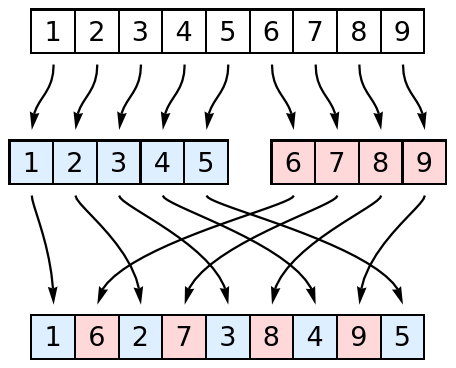
This is triply salient for ultra-trail runners. While consensus on run strides is fleeting, the strongest data to come out of running research consistently show that quicker cadence–the number of steps taken per minute–decreases leg stress (potentially decreasing injury) and improves running economy.

In both the competitive and clinical realms, running cadence is at the forefront of run-mechanics awareness.

All this data, but what to do with it? It is one thing to know it is another thing, however, to know what to do with it, and how best to use this information to improve running efficiency.

Technological advancements in the last five years alone have brought us social-media training-data sharing with websites like Strava, technologies like Stryd, which measures running-power output, and products like Lumo, which measures elements of running biomechanics, even in real time.


 0 kommentar(er)
0 kommentar(er)
